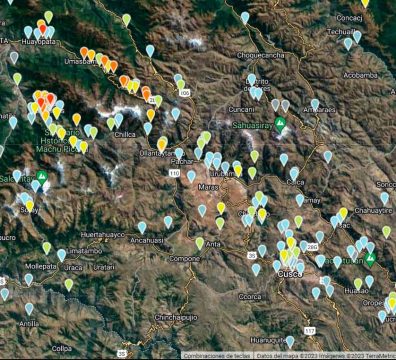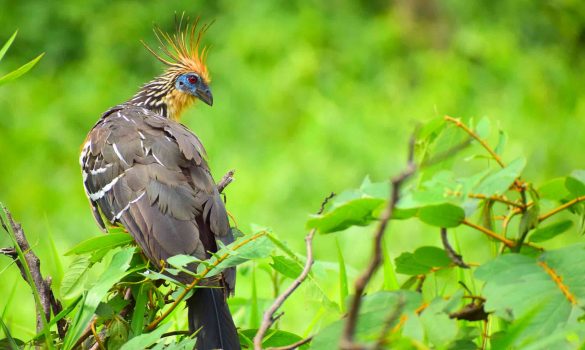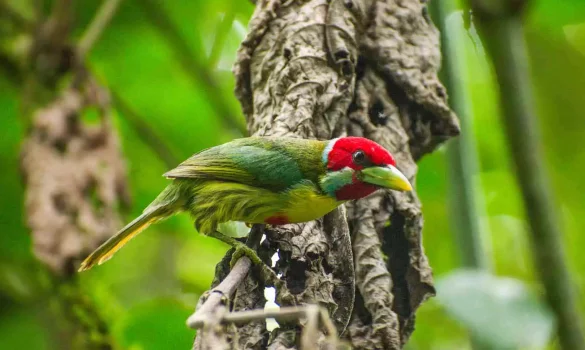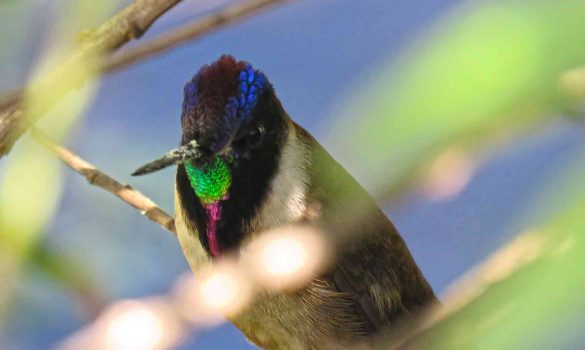- +51 992 860 327
- info@neotropicperu.com
Manu National Park Birding Tour
Experience Andean Majesty
Duration
05 Days
From
890
Max. Altitude
1.837 ft - 560 m.
Difficulty
Moderate
Manu National Park Birding Tour Description
Discover the unparalleled birding experience in Manu National Park Birding, Peru, where a transect spans diverse habitats from the Andes to the lowland rainforest. Traverse through Andean, elfin, cloud, foothill, swampy, and lowland rainforests, each revealing unique avian wonders. Located in southeastern Peru, Manu Park is a gateway to the heart of the cloud forest, boasting over 1000 reported bird species—a true avian paradise and likely the world’s route with the greatest avian diversity. Explore the cloud forest, dominated by Andean bird species and vibrant tanagers, forming mixed flocks. Witness elusive specialties like the red and white antpitta, contributing to the megadiversity of this remarkable region.
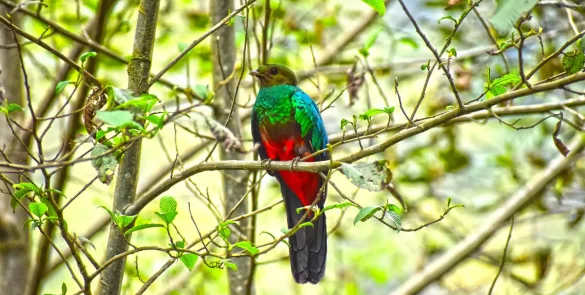
Golden-headed-quetzal
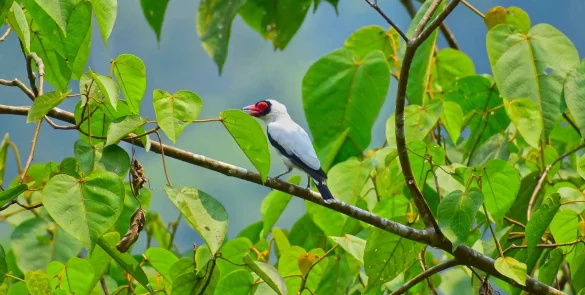
Masked-tityra
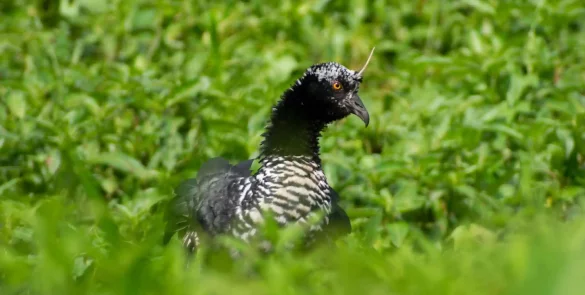
Horned-screamer
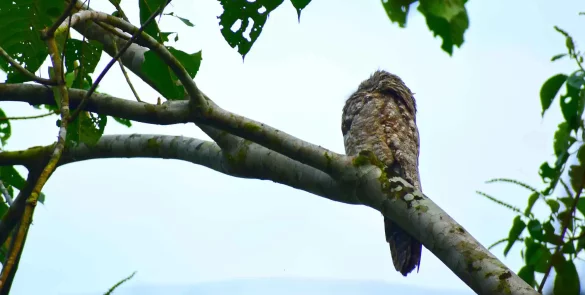
Great-potoo
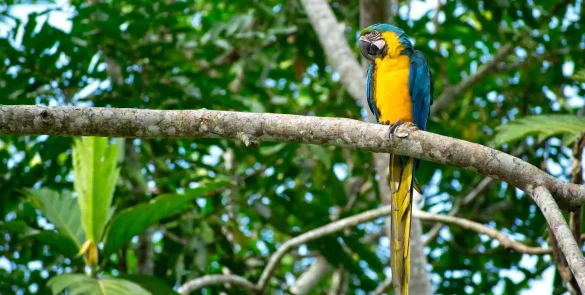
Blue-and-yellow-macaw
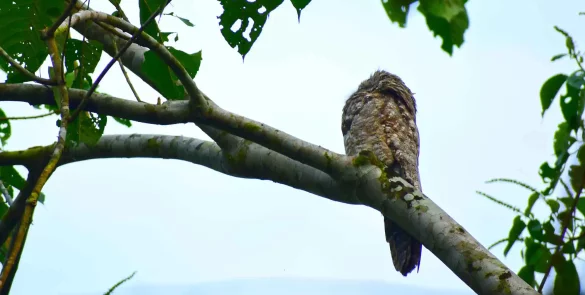
Great-potoo
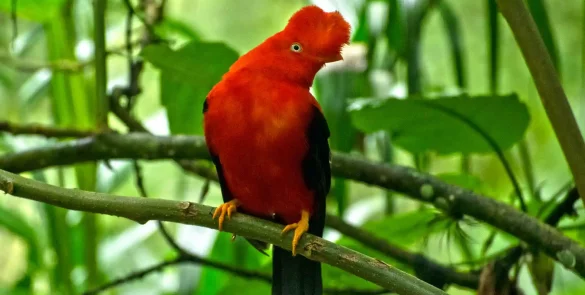
Andean-cock-of-the-rock
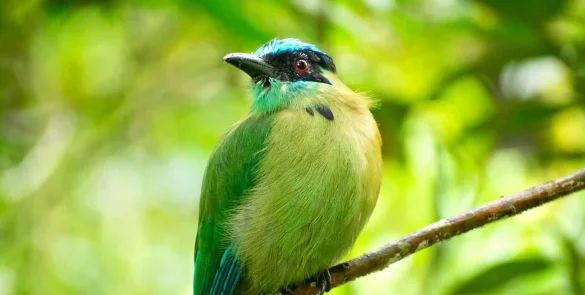
Andean-motmot
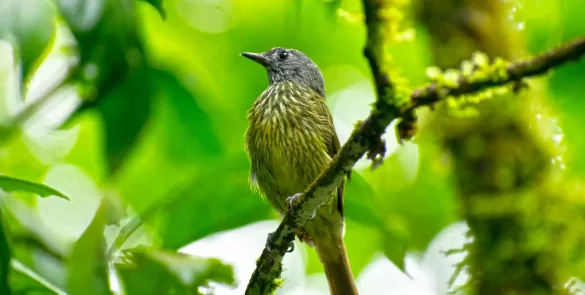
Streak-necked-flycatcher
Excellent for:
Birdwatching, Wildlife spotting and Bird Photography.
Ideal for viewing:
Andean Cock of Rock, Red and White Anpitta, at least 4 species of macaws, Toucans, Woodpeckers, Antbirds, Tanagers Flock, Bamboo Bird Specialist.
Itinerary
» Cusco – Cock of the Rock Lodge
Our morning journey unfolds as we traverse the stunning Andean landscapes, weaving through inter-Andean valleys that harbor unique avian treasures. A quest for endemics awaits, with sightings of the Bearded Mountaineer, Chestnut-breasted Mountain Finch, Andean Flicker, Mountain Caracara, Andean Lapwing, and, if fortune favors, seasonal visitors like Dotterels in the agricultural fields.
Arriving at the colonial gem, Paucartambo, we ascend to the Acjanaco Pass at 3600 meters, marking the park's southern boundary. Here, the high mountain forest beckons with gems like Chestnut-bellied Mountain-tanager, Tawny-rumped Tyrannulet, and the melodious calls of Band-tailed and Barred Fruiteater in mixed flocks.
Traversing the Cloud Forest, our walks unveil species like the resplendent Golden-headed Quetzals, Stripe-faced Wood-Quail, Yungas Pygmy Owl, Blue-banded Toucanet, Crimson-mantled Woodpecker, and the enchanting Mountain Cacique. As the vegetation thickens during our descent, the quest intensifies, revealing elusive treasures such as the Yungas Manakin, Quetzals, Versicolored Barbet, Orange-eared Tanager, and the captivating Streak-necked Flycatcher.
In the afternoon, our focus turns to the mesmerizing mating dance of the Cock-of-the-Rocks, Peru's national bird, witnessed at their vibrant lek. Our meticulous exploration continues, targeting the Yungas Motmot, Quetzals, Orange-eared Tanager, Streak-necked Flycatcher, Andean Motmot, and the elusive Lyre-tailed Nightjar during dusk. Nestle into the tranquility of the Cock of the Rock Lodge for an enriching overnight stay.
Manu National Park Birding
» Cock of the Rock Lodge – Guadalupe Nature Reserve
Starting a day of avian marvels, we begin with an early rise to witness the captivating mating ritual of Peru's national treasure, the Cock-of-the-Rocks, congregating in a spirited dance known as "Lek." Following this spectacle, we venture to hummingbird-rich havens, encountering a vibrant array, including Booted Racket-Tail, Wire-crested Thorntail, Green Hermit, Buff-tailed Sicklebill, and the resplendent Violet-fronted Brilliant among the 13 species gracing our presence.
Our journey unveils enchanting species such as White-crowned Tapaculo, Yungas Manakin, Crested Quetzal, Versicolored Barbet, Orange-eared Tanager, and Streak-necked Flycatcher. As we traverse trails, a captivating ensemble unfolds, featuring Slaty Gnateater, Chestnut-breasted Wren, Cinnamon-faced Tyranulet, and the melodic Spotted Nightingale Thrush.
Further discoveries abound with sightings of Tyrannine Woodcreeper, Masked Trogon, Crimson-bellied Woodpecker, Black-streaked Puffbird, Paradise Tanager, Saffron-crowned Tanager, Golden Tanager, and the elusive Brown Tinamou. Our descent through the mountains promises encounters with unique species, including the Cerulean-capped Manakin, Olive Flycatcher, Ornate Flycatcher, Yellow-bellied Antwren, and, if fortune smiles, the elusive Umbrellabird.
As the day unfolds, we continue our descent, with possible sightings of Lanceolated Monklet, Peruvian Piedtail, Black and Chestnut Hawk Eagle. Our day concludes with the scenic drive to Guadalupe Ecological Reserve, our retreat nestled in the heart of this avian paradise.
» Guadalupe Nature Reserve Manu National Park Birding
After breakfast, our journey delves into the enchanting bamboo forest, a haven boasting a distinctive assortment of avian wonders. Witness the mesmerizing White-cheeked Tody-Flycatcher, Yellow Tyrannulet, Red-billed Scythebill, Pavonine Cuckoo, Bamboo Antshrike, Blackish Antbird, Dot-winged Antwren, and the elusive Black-backed Tody Flycatcher. Our exploration extends to the second-growth forest, offering encounters with the resplendent Blue-headed Macaw, Chestnut-fronted Macaw, Fiery-capped Manakin, White-eyed Parakeet, Chestnut-backed Antshrike, Golden Tanager, Black Hawk Eagle, and a plethora of other captivating species.
A midday interlude unfolds with a picnic lunch, granting moments to observe birds in the foothill mountains. As we traverse riverside paths and verdant pastures, our quest unveils seedeaters, sparrows, and opportunities to spot the Plum-throated Cotinga, Fine-barred Piculet, Blue-crowned and Black-tailed Trogons, Round-tailed Manakin, and a host of others. The afternoon's endeavors elevate our chances of encountering the elusive Common Pauraque and the captivating Spectacled Owl. Our day culminates with an overnight stay at the tranquil Guadalupe Ecological Reserve.
» Guadalupe Nature Reserve – Motor boat ride to Machuhuasi Oxbow Lake
As dawn graces the forest, an orchestration of diverse animal melodies serenades the day. An early, leisurely stroll immerses us in the natural symphony. Traversing the palm forest, we witness the vibrant Blue and Gold Macaws and diverse fauna. Following a hearty breakfast, our descent from the foothills unfolds. The Alto Madre de Dios River greets us, its rocky, fast-flowing waters adorned by herons and egrets foraging along gravel bars. A visit to the Machu-wasy Lagoon promises sightings of the unique Hoatzins, Black-capped Donacobius, Horned Screamers, and a myriad of lake-edge avian wonders.
The afternoon unveils a captivating exploration of diverse forest types, delving into the heart of the evergreen expanse. Trailblazing to the colossal Kapok tree, our avian encounters extend to new species. A return journey by motorboat along the river, passing through second-growth forest, guides us back to the lodge, granting access to captivating habitats and the prospect of encountering capuchin and red howler monkeys. A visit to natural caves unveils enigmatic inhabitants, including spiders and bats. Post-forest exploration, a refreshing bath in the crystalline river, sourced from the park's core, concludes our day.
» Guadalupe Nature Reserve – Cusco
After breakfast, set out on an early departure from Guadalupe Ecological Reserve. Our homeward-bound journey unfolds along the road, presenting opportunities to observe captivating birds like the Buff-tailed Sicklebill, Scarlet-hooded Barbet, Great Potoo, Yellow-browed Tody-Flycatcher, and the elusive Ruddy Foliage-gleaner. As we pack our belongings, intermittent stops for birdwatching punctuate our return voyage.
Included:
- Birding Guide.
- Tour Transport (van and Boat).
- Entrances fees.
- 3 meals a day.
- 4 nights lodge at Cock of the Rock Lodge and Guadalupe Lodge (Private Toilets and Hot showers, electricity, rocking seat that overlooks the garden).
- Mineral water and Snacks.
- Rubber boots and Duffel bags.
Not included:
- Tips, Extra expenses.
- Binocular, Alcoholic drinks.
- First Breakfast and last day dinner.
- Original passport and student ISIC Card if applicable.
- Small back pack and confortable shoes.
- Rain jacket or poncho (December – April).
- Two complete change of clothing.
- Hat or cap to protect you from the sun.
- Sun block (sun protection cream).
- Insect repellent.
- Snacks, chocolate, dried fruit, etc.
- Camera, plenty of film and batteries.
- Sunglasses
- Extra Money (soles).
- Swimwear.
- Sit down with a shaman for a private meditation ceremony.
- Observe local weavers at work during private demonstrations.
- Hone your kitchen skills during Peruvian cooking classes with celebrated chefs.
- Admire views of the Andes from your luxury, vintage-style carriage on the Belmond Hiram Bingham Train.
- Take a day hike along part of the famed Inca Trail and arrive in Machu Picchu via the iconic Sun Gate.
- Amp up the adrenaline with exhilarating adventure activities such as riding the fast-flowing rapids of the Vilcanota River, or zooming along zip lines among towering Andean peaks.
Can I book my own hotels?
Absolutely. If you look at the PRICING, you will see that there is one price for including three star hotels and another for no hotels. We can also book any other hotel for you. Just let us know and we can quote any of the hotels in Cusco, the Sacred Valley and Machu Picchu for you.
Are flights included?
Unfortunately no. Neotropic Peru does not include flights for this trip.
How many people will be part of my tour group?
Our meticulously crafted itineraries, such as this 6-day tour through the Cusco region, are usually designed for individual bookings. In the rare instance that others share your interests on the same day, the groups will remain intentionally small, with a maximum of 12 people. Private groups are effortlessly accommodated, ensuring a personalized and intimate experience for all.
Can I bring my luggage to Machu Picchu?
All larger luggage should stay in Cusco and can be stored either at your hotel or with us at our deposit. The train to Machu Picchu Town only allows small bags aboard.
What is the best time to visit the Cusco region?
The ideal time to visit varies, but generally, the dry season from May to September is recommended for pleasant weather and clear skies. However, each season offers unique experiences.
How do I book a tour with Neotropic Peru Travel?
Booking a tour is simple. Visit our website or contact our customer service team to explore available options, and follow the easy booking process outlined on our platform.
Can I customize my tour itinerary?
We understand that each traveler has unique preferences. While our tours are thoughtfully designed, we can discuss options for customization. Contact our team, and we'll work together to create a personalized itinerary that suits your interests.
How can I provide feedback about my tour experience?
We value your feedback. After your tour, you'll receive a survey to share your thoughts. Additionally, you can reach out to our customer service team directly with any comments or suggestions. Your input helps us continually improve our services.

